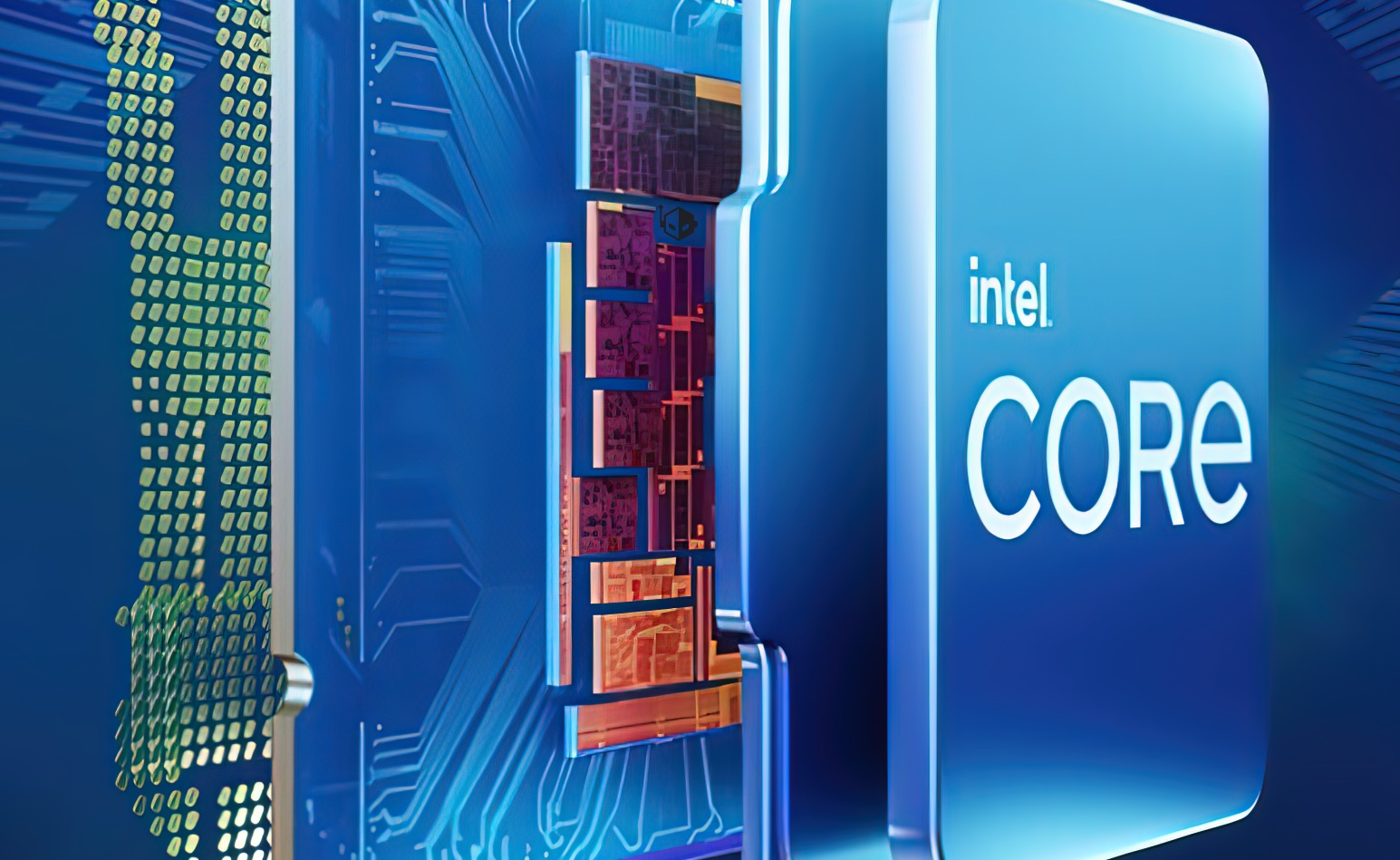Intel is making a bold move in the desktop CPU market with its upcoming Nova Lake lineup. 
These processors are rumored to compete head-to-head with AMD’s popular X3D series, potentially featuring a new cache design that could revolutionize gaming and computing performance.
Intel has never been shy about exploring new technologies, and former CEO Pat Gelsinger hinted at the company’s plans for 3D V-Cache implementation, leveraging in-house technologies like Foveros and EMIB. With the new Nova Lake CPUs, it seems Intel is finally ready to take the plunge into the high-performance cache segment. According to Intel’s Tech Communications Manager, the company initially planned to focus on integrating additional cache tiles into its server offerings. However, it hasn’t ruled out the possibility of bringing this tech to consumer products, and rumors suggest the Nova Lake series could be the perfect opportunity.
The excitement surrounding Nova Lake was further fueled by a leak from @Haze2K1, which revealed that two upcoming variants might include a “big Last Line Cache” (bLLC) – a feature very similar to AMD’s 3D V-Cache technology. This bLLC could significantly enhance the L3 cache size, boosting overall performance, particularly in gaming and heavy workloads. Intel’s plans appear to be focused on providing a tailored CPU experience for users who need both power and efficiency.
In terms of specifications, the Nova Lake CPUs are rumored to include models with 8 Performance (P) cores and up to 16 Efficiency (E) cores. These CPUs are expected to offer impressive generational gains with a more than 2x increase in cores and threads, as well as a 150W TDP. As Intel battles for market share against AMD, which has seen increased adoption, all eyes are now on the Nova Lake series, which seems to be shaping up as a significant upgrade. After the lackluster reception of Intel’s Arrow Lake processors, the gaming and tech communities are eager for Intel to make a comeback with Nova Lake.
2 comments
I’m so ready for these CPUs but honestly, I’m worried they’ll just end up like Bulldozer 😂
Bruh, Zen 6 7GHz? Y’all hyping up the wrong thing 😂. Nova Lake still seems way more promising